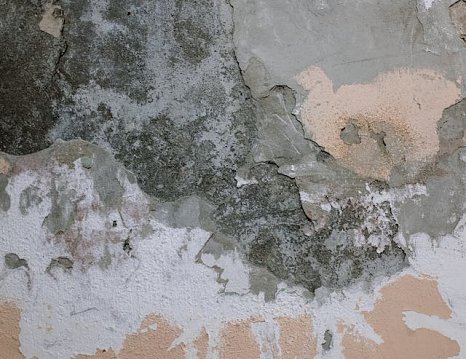Managing Mold and Damp in Business Premises
Research and tips for dealing with mold

Mold and damp, often overlooked in the workplace, can quickly become dangerous silent threats with potential health and structural implications. If damp becomes a problem in your workplace it needs to be dealt with quickly to avoid any significant impact, harm to health or damage to your property. Professional mold cleaning and remediation is essential to avoid the problem becoming more pronounced and resulting in irreparable damage.
1. Respiratory Risks
Research consistently link exposure to mold in indoor environments with respiratory issues. Mold spores can trigger allergies and exacerbate asthma symptoms, posing a significant health risk to your employees. Poor indoor air quality due to mold contamination contributes to many of respiratory problems, from frequent coughing and wheezing to more severe conditions.
2. Long-Term Health Impacts
Beyond immediate respiratory concerns, prolonged exposure to mold has been associated with long-term health effects. Research suggests a link between mold exposure and the development of chronic respiratory conditions, making it imperative for businesses to address mold issues promptly.
Structural Consequences of Mold and Damp
While your primary concern should be your employees’ health and wellness, there are also potential risks to your building if you do not handle mold and damp quickly.
1. Compromised Infrastructure
Persistently damp conditions can lead to rot, decay, and damage to building materials, compromising the overall infrastructure. Studies have shown and emphasize the need for businesses to address dampness to prevent costly repairs and maintain a safe working environment.
2. Impact on Property Value
The presence of mold and damp can impact the value of your commercial properties. Potential buyers and tenants are increasingly aware of the risks associated with mold, and buildings with a history of dampness may face challenges in the real estate market.
Preventing and Managing Mold and Damp
The best way to keep on top of potential mold and damp problems is to be vigilant and put preventative measures in place including:
1. Regular Inspections and Maintenance
Regular inspections and maintenance are essential to identify and address mold and damp issues promptly. Implementing a proactive approach involves routine checks for signs of dampness, leaks, and water damage, allowing businesses to intervene before these problems escalate.
2. Adequate Ventilation
Proper ventilation is a key factor in preventing the accumulation of moisture and mold growth. Businesses should invest in effective ventilation systems to ensure optimal air circulation and reduce the risk of dampness in enclosed spaces.
Managing Mold and Maintaining a Health Workspace
The latest research on mold and damp highlights the potentially risky nature of this hidden threat. From health hazards to structural consequences, the dangers posed by mold and damp mean you need to be proactive in your approach to mold.
Understanding the health risks associated with mold exposure makes it clear how important it is you invest in the right solutions to manage mold issues. At Penn Jersey we have dealt with serious mold outbreaks, returning working and living environments back to habitability. Living and working amongst mold is highly dangerous and at the first sight of any mold growth, it is important to bring in the professionals so it doesn’t become a bigger problem.
Image source: https://www.pexels.com/photo/orange-white-and-gray-abstract-painting-4752994/
